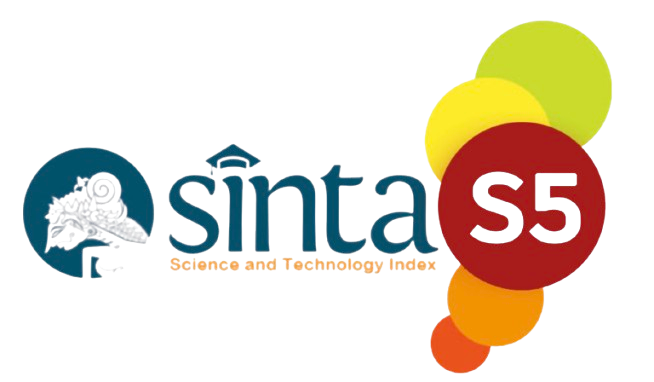Improving Students’ Reading Comprehension through GIST (Generating Interaction between Schemata and Text) Strategy
DOI:
https://doi.org/10.52217/ijlhe.v5i1.880Keywords:
action research, reading comprehension, EFLAbstract
This research aimed to improve students’ learning activities and their reading comprehension by using Generating Interaction between Schemata and Text (GIST) strategy. In this research, the researcher used Classroom Action Research as the method of this research. This research implemented Generating Interaction between Schemata and Text (GIST) in 2 cycles with 3 meetings in each cycle. The sample of this research was in one class with 31 students. The test used in this research was 30 multiple choice questions. The average score of students’ activities based on the observation sheet in cycle I obtained range 7 which categorized as quite active and increased to be 7.7 in cycle II which categorized as active. The average score of students’ reading comprehension in cycle I was 68.46 and increased to be 79.11 in cycle II. The percentage of the students’ reading comprehension test in cycle I who passed Minimum Mastery Criteria was 45.16% students passed the KKM and in cycle II the result increased to be 83.87% students passed KKM. From the learning activities and test result, the researcher concluded that there was an improvement in students' learning activities and their reading comprehension by implementing Generating Interaction between Schemata and Text (GIST) strategy at the eighth-grade students of SMP Negeri 21 Bandar Lampung in the academic year of 2021/2022.
References
Andeska, L. ., Sutiyono, A. ., Hastomo, T. ., & Angraini, N. . (2021). The Correlation of Vocabulary Mastery and Reading Interest with Quick Reading Ability . IJLHE: International Journal of Language, Humanities, and Education, 4(1), 50–58.
Anggara, S. (2021). The implementation of GIST strategy to teach reading comprehension in senior high school. Edukatif: Jurnal Ilmu Pendidikan, 3(4), 1101-1111.
Apriyanti, E. ., Sutiyono, A. ., Rohana, R., & Wiratno, P. . (2018). The Corelation of Reading Interest and Diction Mastering with Quick Reading Skills . IJLHE: International Journal of Language, Humanities, and Education, 1(1), 67–78.
Atayeva, M., Putro, N. H. P. S., Kassymova, G., & Kosbay, S. (2019). Impact of reading on students’ writing ability. In Materials of International Practical Internet Conference “Challenges of Science (Vol. 144, No. 2, pp. 5-13).
Hana, A. M., & Faridi, A. (2015). The effectiveness of gist (generating interactions between schemata and text) and kwl (know, want, and learned) strategies to improve reading achievement of male and female students. English Education Journal, 5(2).
Hastomo, T., Marcela, E. D., Ramadhanti, A., Viana, F., & Saftiah, F. (2022). Student’s Perception Of Using Tiktok Application For Learning English Vocabulary. Lexeme: Journal of Linguistics and Applied Linguistics, 4(2), 144-150.
Kotaman, H., Balcι, A., & Aydιn, Z. N. K. (2018). Impact of Reading Frequencies and Attitudes on Early Childhood Teachers’ š Teaching Efficacy for Sustainable Development. Discourse and Communication for Sustainable Education, 9(2), 79-92.
Perfetti, C. A., Landi, N., & Oakhill, J. (2005). The acquisition of reading comprehension skill.
Rummer, R., Schweppe, J., Gerst, K., & Wagner, S. (2017). Is testing a more effective learning strategy than note-taking?. Journal of Experimental Psychology: Applied, 23(3), 293.
Schallert, D. L. (2017). The role of illustrations in reading comprehension. Theoretical issues in reading comprehension, 503-524.
Sinuraya, R. A., Situmorang, P., Sihombing, R. P., Gultom, R. J., & Rambe, K. R. (2021). The Effect of Gist Strategy on Students’ Achievement in Reading Comprehension. Journal of English Language and Education, 6(2), 169-181.
Yulistiani, E. ., Supriyono, S., Wicaksono, A., & Hastomo, T. . (2020). The Correlation between Vocabulary Mastery, Reading Habits, and The Students’ Writing Ability. IJLHE: International Journal of Language, Humanities, and Education, 3(1), 69–76.














